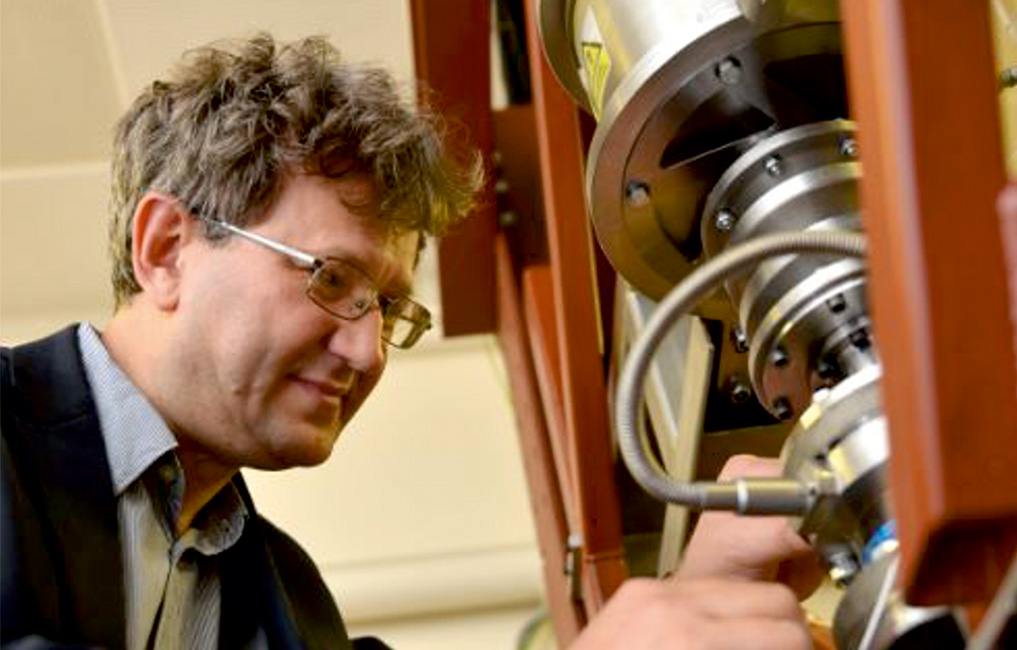Developments In Drill & Blast Technology

Developments In Drill & Blast Technology
The Centre for Applied Dynamics Research (CADR) at the University of Aberdeen is about to take advantage of original research started in 1999. A new spin-out company, iVDrill, has been created to commercialise the resonance enhanced drilling (RED) technology.
What Is Resonance Enhanced Drilling Technology
RED, a transformational drilling technology, applies a controllable high-frequency dynamic stress to a drilled formation, which is induced by axial oscillations of a drill-bit at the resonance frequency. The resonance is maintained for varying drilling conditions by adjusting the frequency and amplitude of the dynamic load to produce a steadily propagating fracture zone. This leads to a considerable drilling cost reduction and a smaller environmental footprint. The RED technology is particularly well suited for hard rocks.
Our investigations confirm that the best progression rates are achieved when the system response is periodic and the frequency of the response is the same as the frequency of the applied dynamic force, and the value of the static force is smaller than the amplitude of the applied dynamic excitation. This result is valid for both models considered. Also in both cases, zero progression rates are obtained for lower values of the excitation amplitudes and the average progression increases with the increase in the dynamic amplitudes. Both models also predict zero progression rates at the higher excitation frequencies.
Based on the analysis undertaken, it can be concluded that the low dimensional model provides good estimates of the optimal static force and the amplitude of the dynamic force, and it could be used for the operational control of the drilling system to adjust the loading parameters while drilling through different formations. The choice of the optimal frequency, however, should be made based on the predictions of the more detailed model of the drilling system as additional degrees of freedom significantly influence the structure of the internal resonances and they should be taken into account.
Access to Document
Reach Us
Please send an email to the addresses below or use the form to contact us.
Fraser Noble Building, School of Engineering, University of Aberdeen, Kings College Aberdeen AB24 3UE, Scotland, UK
+ 44 (0) 1224 274177
